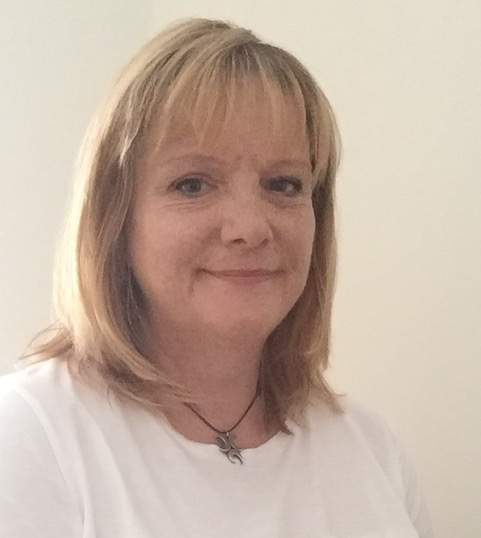Today (28 February) is Rare Disease Day, which raises awareness for the 300 million people across the world living with a rare disease.
Here, we meet Julie Robinson who lives with rare genetic skin condition and is under the care of Dr Neil Rajan, an honorary consultant dermatologist at Newcastle Hospitals and senior lecturer at Newcastle University with a strong interest in clinical research.
Julie lives in Harrogate and has CYLD Cutaneous Syndrome (CCS) – a rare genetic condition due to a fault in the CYLD gene. It causes the development of multiple benign skin tumours on the scalp and body.
Julie isn’t the only member of her family with CCS – her mother and sister both have “bumps” – and was about ten years old when the tumours first started appearing on her scalp.
As she grew up and they spread across her body, Julie became very self-conscious about people’s reactions and her self-esteem was low. The lumps are very painful when touched and Julie needs to be careful when dressing, putting on bras, belts and any item of clothing that might rub. Sometimes they can start hurting for no apparent reason.
Julie says: “It feels like you’ve been stabbed with a needle. It makes me catch my breath for a few seconds and it can leave me with residual pain for a few hours.”
Faulty gene

Growing up, Julie underwent surgery once or twice a year to remove lumps under local or general anaesthetic with a number of doctors from different clinical areas. She now has three or four operations a year and prefers to have these under the care of Dr Rajan who has a good understanding of the condition and is heavily involved in the research for treatment– and as her condition is progressive, the need for surgical treatment will increase over time.
Julie has always known research was taking place but wasn’t really interested because the bumps weren’t severe. As so many people in her family have the same condition, she always thought she had “a faulty gene” – and a genetic test confirmed her long-held suspicion.
Reaching a diagnosis
Her 20-year diagnostic journey had ended – the genetic test had pinpointed exactly which gene was involved and where the fault lay. Knowing her genetic diagnosis is helping Julie enormously, even though she knows there is currently no cure. It has also allayed her concerns about her lumps being cancerous and empowered her to explain and talk about her condition with work colleagues and friends.
As CYLD Cutaneous Syndrome is so rare, Julie is very keen to educate more people and “ripple it out to the wider community”. As part of the process, she has formed a local support group led by the consultant and administrates an international support group on Facebook.
Julie says: “For me, this process has been a life enriching experience. I’m very willing to be involved in genetic research so the condition can be better understood – which will in turn help others in the future and may lead to more effective treatment.”
New research opportunities
Julie’s consultant, Dr Rajan, adds:
“Genomic science is perfectly placed to give dermatology patients with rare genetic skin disease a genetic diagnosis. There are more than 600 rare skin conditions where the genetic basis is known, and for many of these, affected individuals can now get a genetic test on the NHS. Depending on the condition, a genetic diagnosis can have implications for clinical management, family planning and access to clinical trials.
“Julie’s family were central to the discovery of the gene responsible for her multiple skin tumours, and this finding led to the first targeted clinical trial for her condition globally, based in Newcastle. The NHS Genomic Medicine service now allows for specialists such as dermatologists to access tests for a range of rare genetic conditions. It is hoped that as more genetic diagnoses are made, new research opportunities will be available to rare disease patients, which is an important part of the patient experience.”
